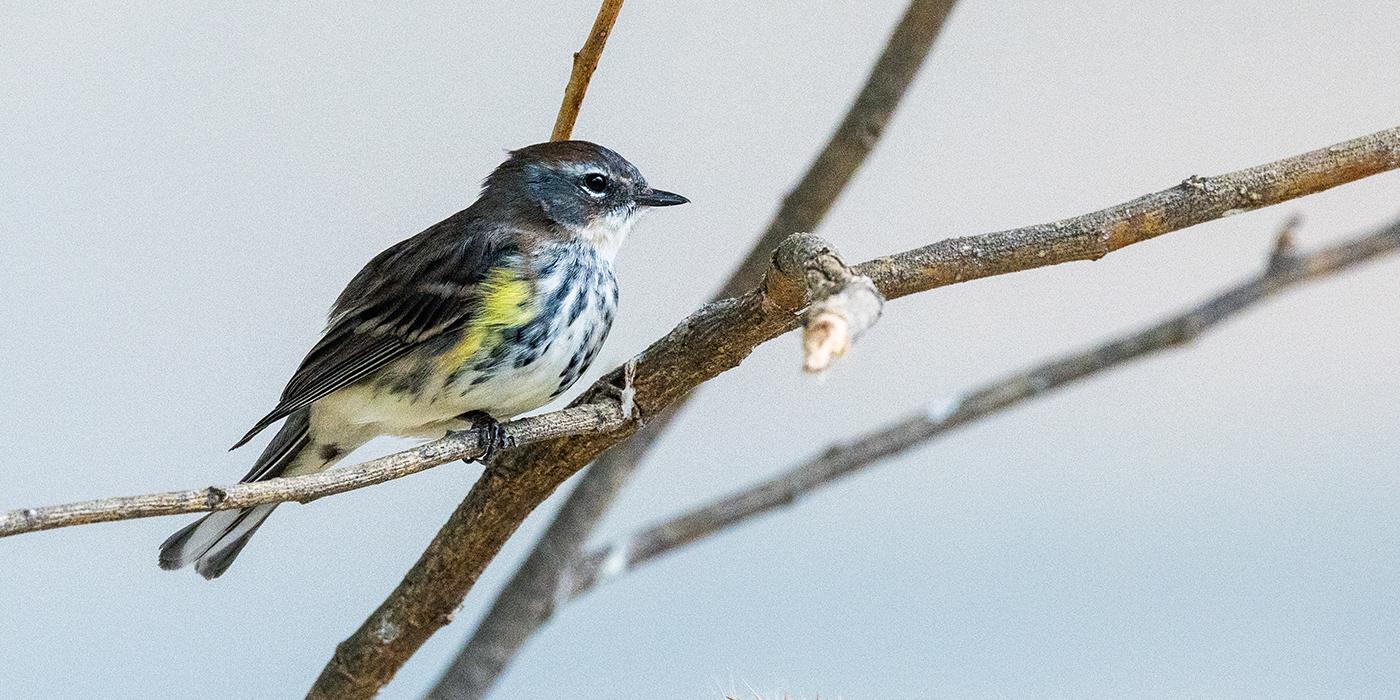Physical Description
Size
A typical warbler, adults measure about 5.5 inches (14 centimeters) long.
Native Habitat
Lifespan
Food/Eating Habits
In the summer, they eat mainly insects including beetles, weevils, ants, aphids, spiders and ants. They also eat spruce budworm—a native moth species that can devastate millions of trees during their periodic outbreak. They can catch insects on the wing by darting from branches.
Yellow-rumped warblers can survive colder winter temperatures compared to other warblers due to their ability to rely on seeds and cold-hardy berries. They have high concentrations of bile salts, substances made in the liver, that dissolve the waxy coating of berries including those from wax myrtle, poison ivy , grapes, Virginia creeper, dogwood, juniper and bayberry. Eating berries boosts their metabolism and supplies a large portion of their diet in the winter months. In winter they will eat the fleshy coating surrounding coffee beans, and drink honeydew, a sweet substance secreted by aphids.
Sleep Habits
Social Structure
Reproduction and Development
Help this Species
Reduce, reuse and recycle — in that order! Cut back on single-use goods, and find creative ways to reuse products at the end of their life cycle. Choose recycling over trash when possible.
Be a smart consumer. Choose products made with sustainable ingredients, such as Smithsonian certified Bird Friendly coffees, which support farmers striving to limit their impact on wildlife and habitat.
Be a responsible cat owner, and keep cats indoors or under restraint when outside. Never release animals that have been kept as pets into the wild.
Share the story of this animal with others. Simply raising awareness about this species can contribute to its overall protection.
Plant native flowers in your garden to help feed resident and migrating pollinators. You'll make your lawn beautiful and help wildlife at the same time!
Smithsonian's National Zoo and Conservation Biology Institute. (n.d.). Yellow-rumped warbler. Retrieved January 19, 2026, from https://nationalzoo.si.edu/animals/yellow-rumped-warbler
Animal News



